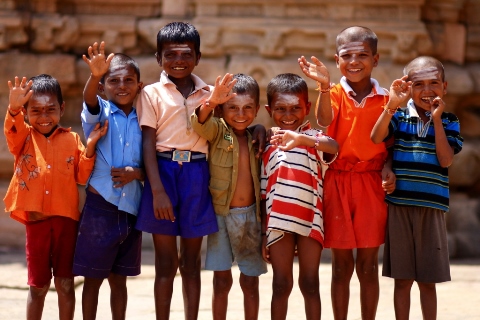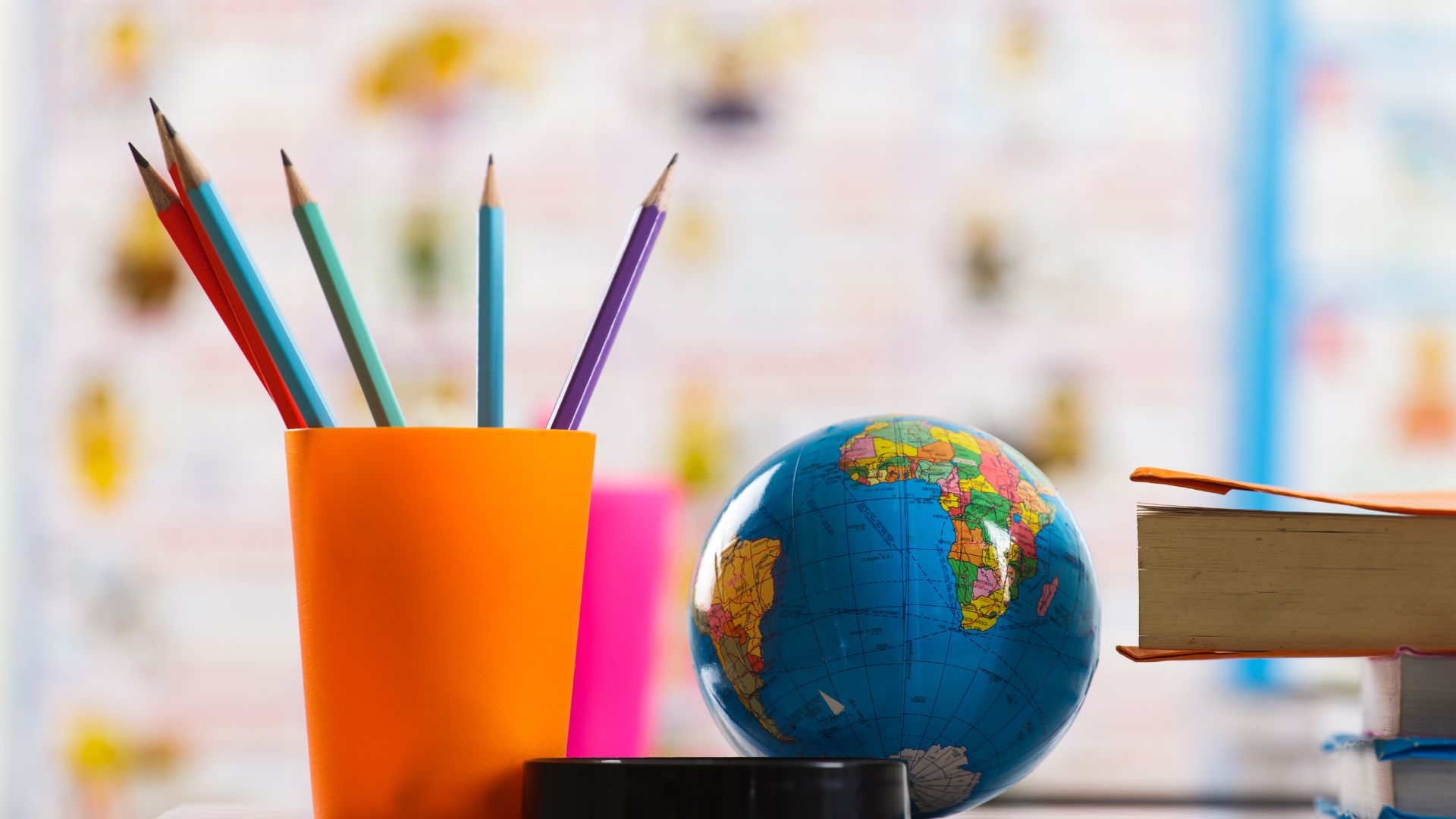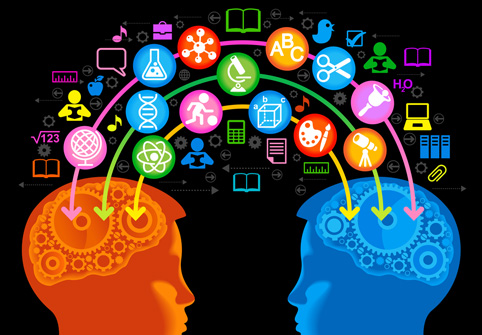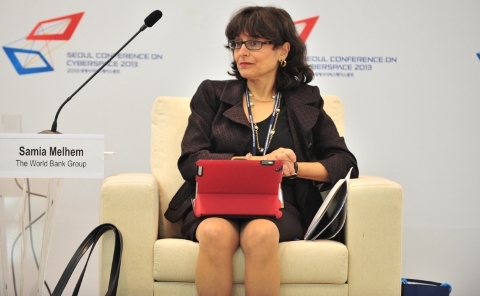Education is equally key to enhance India’s competitiveness in the global economy. Therefore, ensuring access to quality education for all, in particular for the poor and rural population, is central to the economic and social development of India.
The Indian Education system is second largest in the world after USA. Technical education market in India was estimated at Rs 53 billion in 2010-11 and is expected to reach Rs 90 billion in 2018-19. Currently India spends around 5 percent of average household income on education, which is slated to grow at a CAGR of 10 percent over the next few years.
Globally, there is a shortage of skilled engineers and India, with its large young population has the opportunity to position itself as a quality source of skilled manpower for the world. As per Nasscom, the Indian IT industry will require around 7.5 million engineers in the next 10 years so as to retain its competitive edge.
Growing youth aspirations and massive expansion of schooling is creating a huge demand for higher education. Higher education is also essential to build a workforce capable of underpinning a modern, competitive economy. As a consequence, enrollment in higher education would have to be significantly increased in a demand driven manner during the twelfth plan. The process of broadening access, making higher education inclusive, and promoting excellence initiated during the eleventh plan must be consolidated and expanded further during the twelfth plan. The push for excellence is especially challenging because excellence is not achieved by mere provision of resources alone.
Higher Education Reforms
Several reforms in the regulatory framework are currently underway such as, a proper accreditation structure, quick redressal of disputes through educational tribunals and prevention of malpractices and establishment of a national level apex body, that is, National Commission on Higher Education and Research (NCHER) to ensure autonomy of institutions and enhancement of standards and provision for entry of foreign education providers. These reforms would have to be coached within the emerging architecture of global higher education, carefully blending external policy feedback with the country’s own endogenous policy traditions. Once these reforms are in place, it is expected that some of the endemic problems of this sector would be resolved.
As per CBSE official reports, only 11 percent of students enter higher education after completion of their schooling. The remaining percentage of students either drop-out before completing secondary education, or might only manage to complete secondary schooling. Entering into higher education may not necessarily be an option for them. It adds, There has been a need to create a system where vocationalisation of school education is also given adequate importance, with focus on enhancing the skills sets of students between the age of 14-18 years.
Shift of Focus to Quality
India still needs to strive towards the ideal of universal access to quality education. Today, notion of literacy is no longer restricted to reading, writing and numeracy. Education has to help create an environment that is conducive to the cultural economic and social development of the people of this country. The out of school children, drop-out rate, which is still heavy in the country, are constraint in achieving MDG.
There must be a strategic shift from mere expansion to improvement in quality higher education. For this, the focus should be not only on larger enrollment, but also on the quality of the expansion. The Twelfth-Plan draft says that an additional enrollment of 10 million could be targeted in higher education equivalent to 3 million additional seats for each age cohort entering the higher education system. This would significantly increase the GER bringing it broadly in line with the global average.
The effort to expand educational access is severely constrained by the lack of suitably-qualified, appropriately-trained human resources in adequate numbers. There are half a million vacancies of teachers in the country and another half a million teachers are required to meet the RTE norms on pupil-teacher ratio. Besides 0.6 million teachers in the public school system are untrained. Pre-service and in-service training of teachers has to be mounted on a mission mode during the Twelfth Plan for which information and communication technologies could be effectively leveraged. Apart from expansion, the regulatory framework for teacher education and training requires complete overhaul.
Until teachers become the facilitators of digital education, all the interactive whiteboards, smart tools, cloud computing and educational software will not be of much use. The best practise in education is one that leads to inquiry based learning, research based learning. As we can see around us, the learner’s profile is changing. Even children of 8 to 9 years have started learning through digital tools. They are quite comfortable with computers, digital boards and software. Similarly, open and distance education methods could be deployed to augment capacity optimally.
Challenges Ahead
There is a gradual but clear decline in quality of education as we move from urban to rural India. Despite improvements in access and retention, the learning outcomes for a majority of children continue to be an area of serious concern. Several studies suggest that nearly half the children in grade 5 are unable to read a grade 2 text. Concerted efforts are required to ensure that a minimum set of cognitive skills are acquired by all children during eight years of elementary education. Thus, quality issues and determinants thereof such as ensuring availability of trained teachers, good curriculum and innovative pedagogy that impact upon learning outcomes of the children must be addressed on priority basis.
Flexible approach and concerted efforts are needed to reach out to the out of school children including children with special needs and street children. The time has come for India to exercise greater ambition; it is time to move from incremental goals to quantum leaps in education sector. There is a need for greater collaboration between industry, civil society and government to transform existing models of education to bring them in line with the best globally. And thus we will be able to build India?s tomorrow!
Facts that Count
- Half of 10-year-old rural children could not read at a basic level
- Over 60% are unable to do division, and half dropped out by the age 14.
- An optimistic estimate is that only one in five job-seekers in India has ever had any sort of vocational training.
- There is a wide gender disparity in the literacy rate in India: effective literacy rates (age 7 and above) in 2011 were 82.14% for men and 65.46% for women
- The study of 188 government-run primary schools in central and northern India revealed that 59% of the schools had no drinking water facility and 89% no toilets
- Only 47 out of 100 children enrolled in class I reach class VIII, putting the dropout rate at 52.78 per cent
- Himachal Pradesh underwent a “Schooling Revolution” in the 1961-2001 period that has been called “even more impressive than Kerala’s
- Rajasthan had the biggest percentage decadal (1991-2001) increase in literacy of all Indian states, from about 38% to about 61%, a leapfrog that has been termed “spectacular” by some observers
- Madhya Pradesh has the highest gross enrolment ratio (GER) (6-13 years) while Assam has the lowest. Pupil-teacher ratios in primary and middle/basic schools are the lowest in Himachal Pradesh and high in states like Uttar Pradesh and Bihar.








